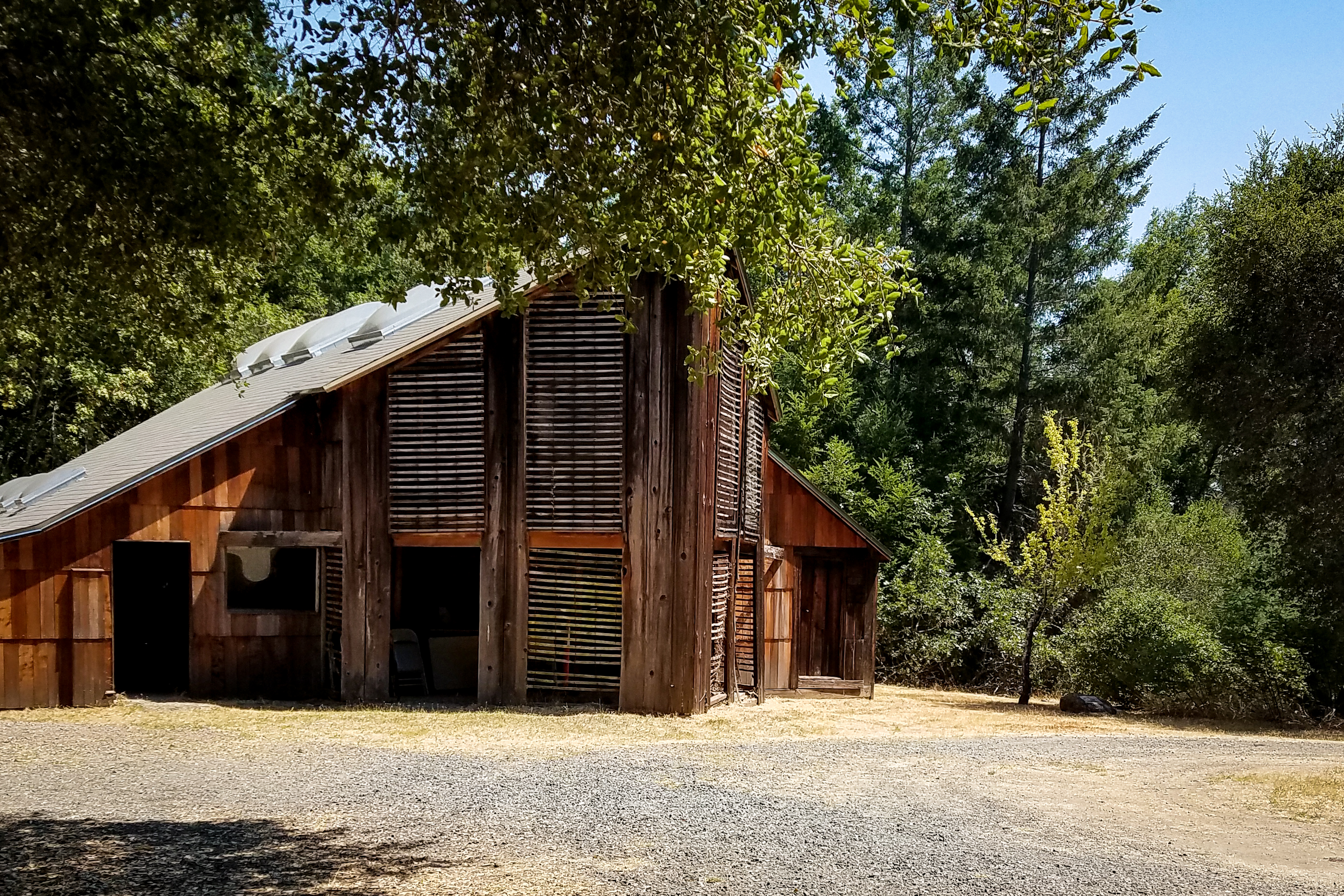
By Ahmed V. Ortiz
A new cooperative agreement between Sacramento State and the National Park Service has positioned Sacramento State students to put their stamp on the history they’re studying.
During the five-year, $50,000 agreement, the National Park Service (NPS) will collaborate with Department of History faculty to complete National Historic Landmark (NHL) nominations and provide graduate students with training and experience in the NHL process.
The agreement, made through Sac State’s Office of Innovation, Research, and Economic Development, allows students to train as the next generation of National Historic Landmark (NHL) preparers.
NHL is the United States’ highest level of historic site designation. Landmarks so honored are unique places that convey a distinct sense of time and place and are deemed the nation’s best location for understanding key moments in our history, said Professor Anne Lindsay, who is in her fifth year running the Capital Campus Public History Program.
“It’s really sort of changed our argument to try and think both as a historian and an artist.”
A cooperative agreement, as defined by the NPS, accomplishes a public purpose and includes “substantial involvement” from the park service, said Christopher Johnson, an NPS historian. This agreement covers the completion of three to five NHL nominations.
One of the program’s goals, Lindsay said, is to update nominations for existing NHLs. Among her students’ first projects is Sutter’s Fort, for which they are producing a first draft update this semester. The Sacramento landmark’s namesake, John Sutter, has come under increased scrutiny as the nation reckons with its long history of systemic oppression of people of color.
“We’re rewriting the story to tell a better story – a more inclusive story about who Sutter was and that’s not always going to be a rosy picture,” Lindsay said. But the nearly 20 students working on the update will do so while keeping the fort’s importance in the state and nationally top of mind. They will work with preservation societies such as the Native Sons of the Golden West and sister organization Native Daughters of the Golden West to create what Lindsay calls a “more three-dimensional” Sutter’s Fort story – one that confronts why we should think critically about it and how it affected California communities.
She said the controversy “provides an exciting extra dynamic,” but that the fort was picked for proximity because of the pandemic, not headlines.
The Sutter’s Fort project is a collaboration of two History classes: Public History Principles and Techniques, and Special Problems. Lindsay and Anjelica Hall, one of two students employed as research assistants thanks to the agreement, said the classes split their focus between the two periods of significance for Sutter’s Fort. The Principles and Techniques class is working on a period overlapping Sutter’s lifetime into the late 19th and early 20th centuries, while six students in the Special Problems class document the fort’s significance in the American historic preservation movement.
Only individuals who have successfully prepared and had an NHL approved can be hired by the state to write new nominations, Lindsay said. The Sacramento region has a shortage of qualified preparers, and Sacramento State’s agreement with the National Park Service gives the next generation of professionals a unique opportunity to learn from the source how to translate their historical and practical skills into high-level federal documents.
“They get to do research but then they get to apply that research immediately,” Lindsay said.
The agreement is the second project between the parks and Sacramento State since 2013 when the University became a member of the Californian Cooperative Ecosystem Study Unit (CESU), which includes 13 federal partners and 27 non-federal partners including 15 of the 23 CSUs. Previously, Sac State faculty and students compiled oral histories of stakeholders at the Drakesbad Guest Ranch, an inholding surrounded by Lassen National Park.
Students this semester also are concluding a nomination two years in the works to make Pond Farm Pottery an NHL. Pond Farm, which is on the National Register of Historic Places, is significant as the home and pottery studio of Marguerite Wildenhain, a Jewish artist who settled there having fled Europe as World War II began. Pond Farm Pottery, in Guerneville, was an important outpost in the larger American studio pottery movement. Wildenhain taught classes in a converted barn where much of her studio’s infrastructure remains.
Hall said the Pond Farm nomination will be based on the students’ original research complemented by current scholarship. As part of that research, two years ago Lindsay and three students traveled to Luther College in Iowa, which houses Wildenhain’s papers. That semester also included a full-class trip to Pond Farm.
“It’s really been intense,” Hall said, “but it’s been a great experience.”
Evan Mackall, also a paid research assistant, said Pond Farm’s intersection of history and art challenged him to view things through a new lens.
“It’s really sort of changed our argument to try and think both as a historian and an artist,” he said. “That’s probably been the trickiest part of this document.”
Mackall said he is grateful for the opportunity to work on a nomination, which he views as his ticket to a career in historic preservation. “I don’t know how many students come out of grad school with an NHL on their CV,” he said.
“Public history is an odd discipline because we’re historians but we’re publicly engaged historians,” Lindsay said. “So our history work looks different, and the jobs that we get at the end are different.”
Her students are being trained to work at museums, historic sites and archives, and to use those skills to help people tell stories that matter to them.
“There’s such an opportunity for us to use our history skills in a way that benefits our community,” Lindsay said, “and that’s really what we’re all about.”